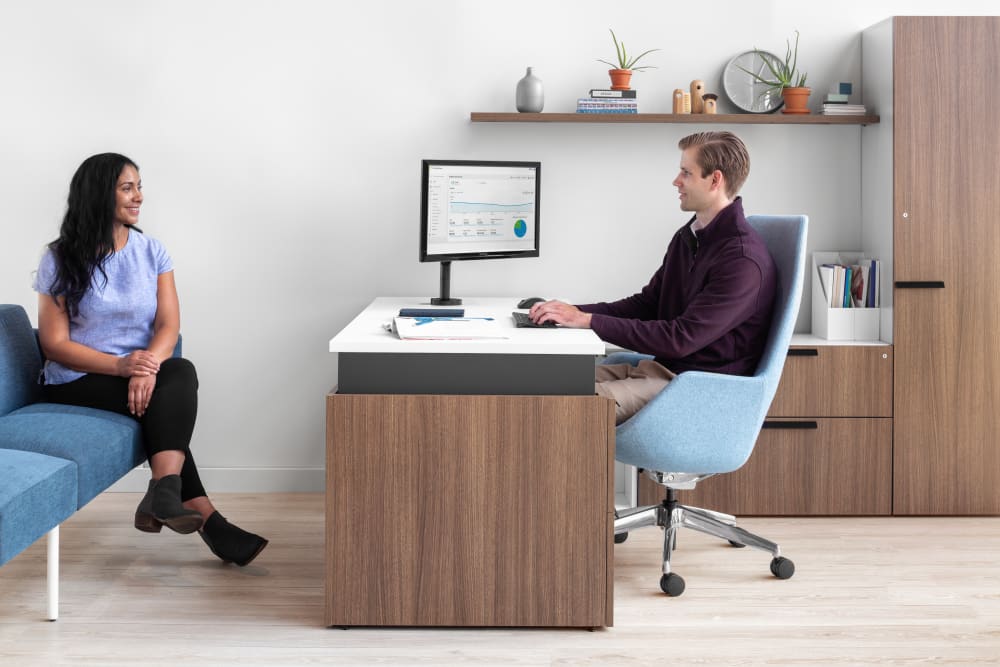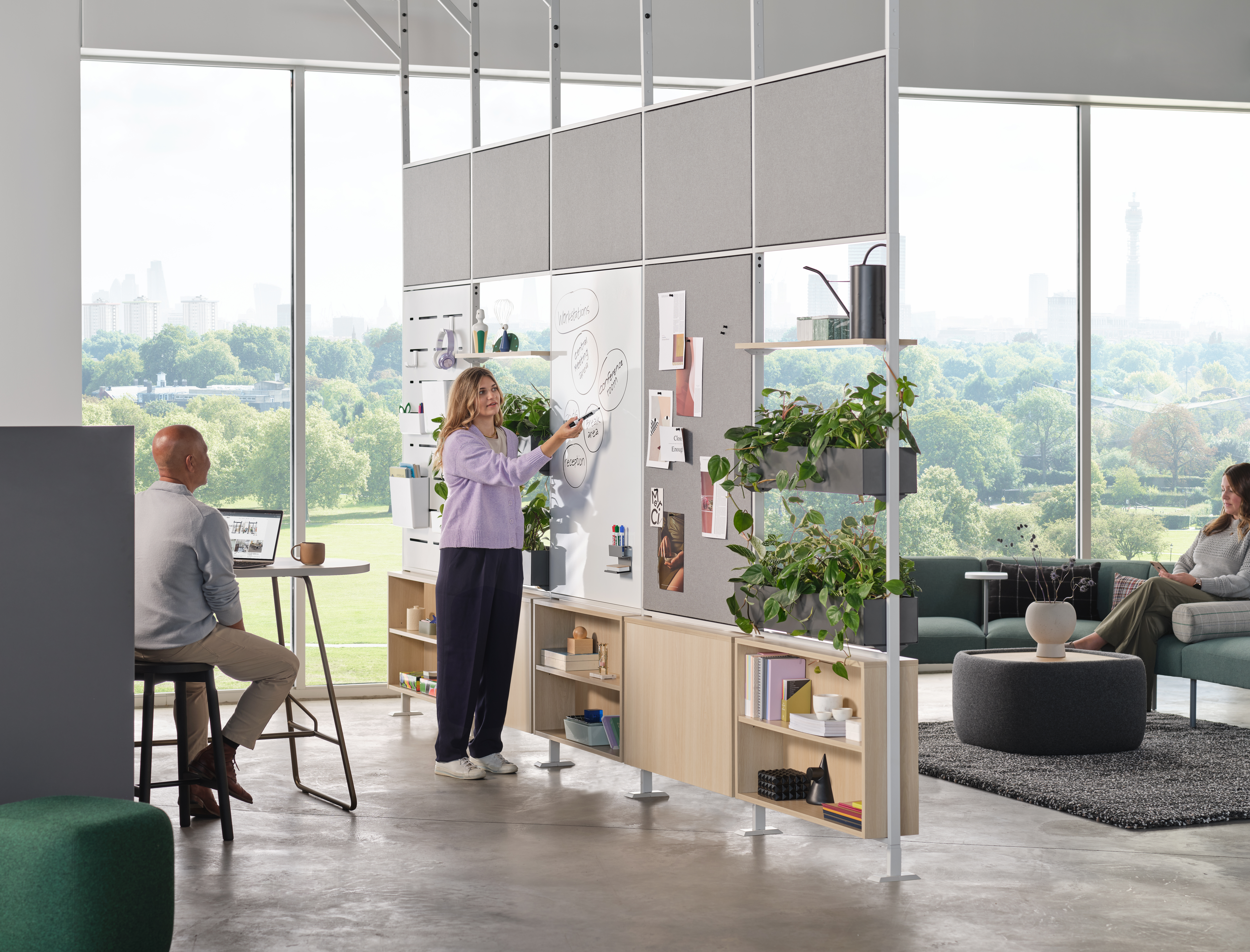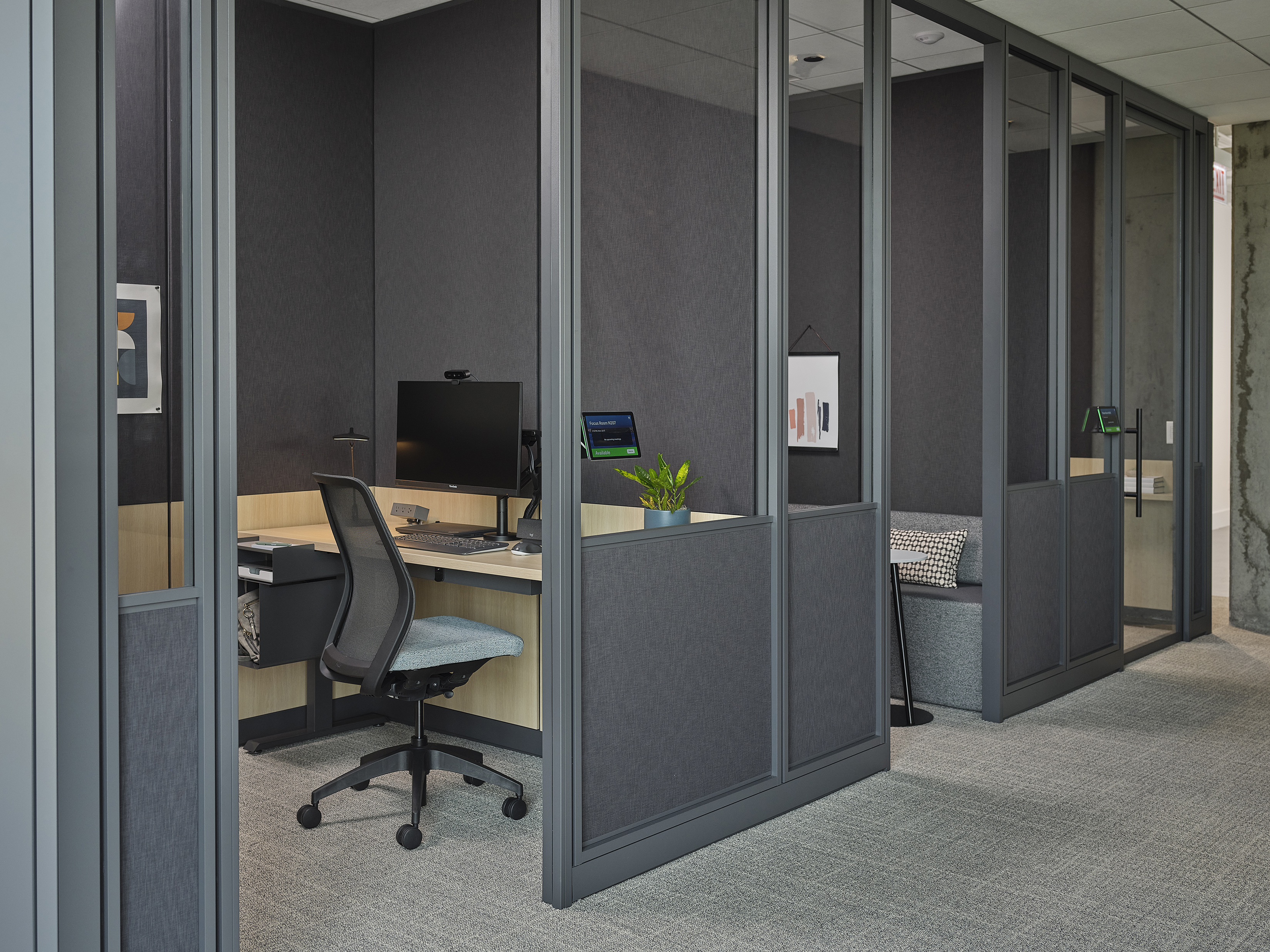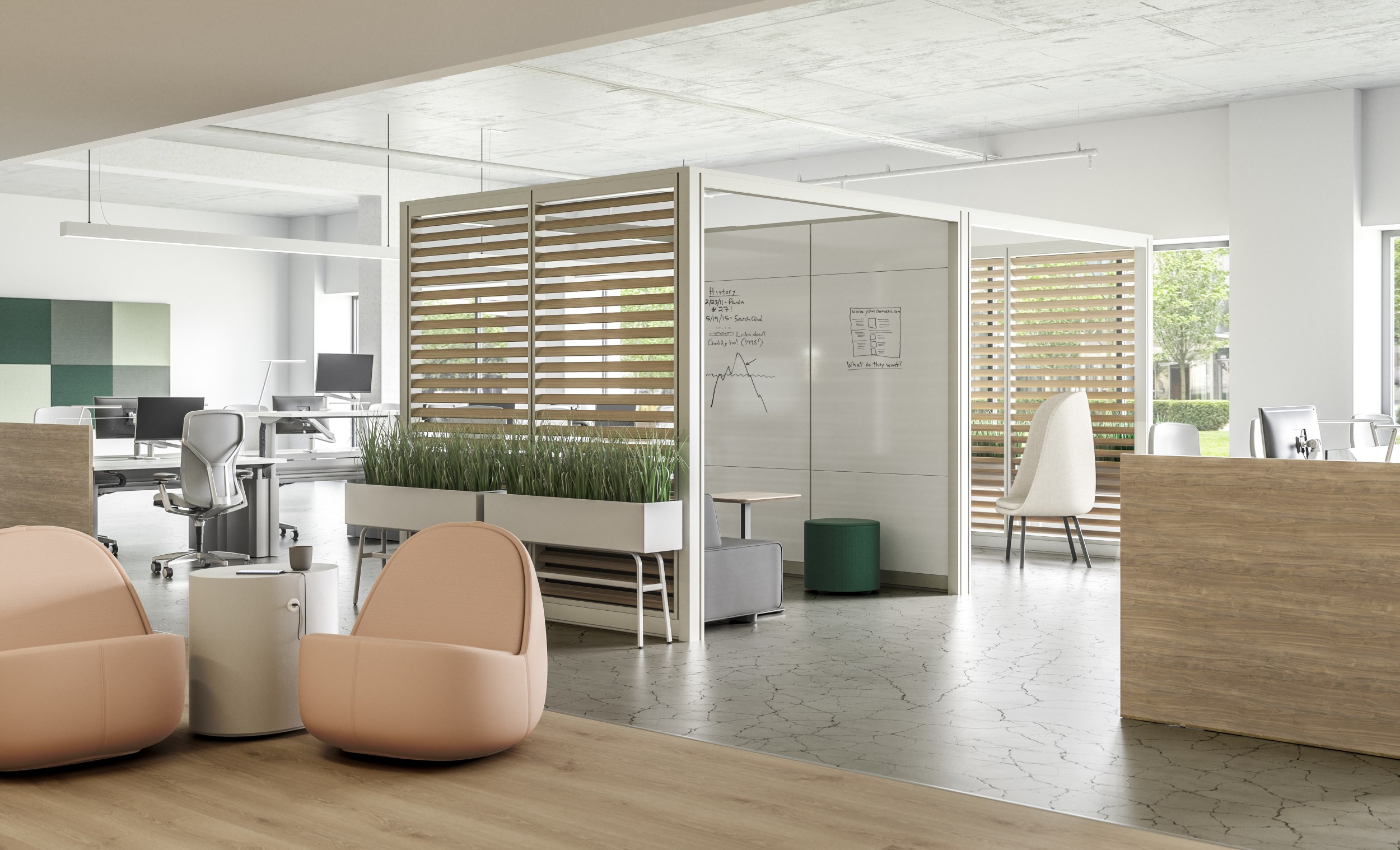- By Kelly Colón
Download the PDF Copy
Download
Introduction
The evolving role of a modern leader in team management.
The role of the modern leader in team management has evolved significantly in recent years, moving beyond traditional hierarchical structures.
Today's leaders are expected to be more collaborative, empathetic, and inclusive. They focus on fostering a culture of open communication, where team members are encouraged to share ideas and provide feedback freely.
Modern leaders also prioritize the well-being and professional development of their team, recognizing that a motivated and engaged workforce drives productivity and innovation.
With the rise of remote work and digital technologies, they must adeptly navigate virtual team dynamics and leverage technology to enable seamless collaboration. Ultimately, the modern leader plays a pivotal role in creating a supportive and empowering environment that empowers individuals to thrive and achieve collective success for their organizations.
As a result, the modern leader must not just encompass the human centric approach to leading, they also need the appropriate environment in which to lead. This new modern workplace in response to these needs by both the modern leader and their teams has also evolved. Here we will walk through a variety of spaces in the workplace ecosystem necessary for a modern leader and their teams to thrive.
The significance of a supportive workspace in maximizing team productivity and creativity.
A supportive workplace holds immense significance in maximizing team productivity and creativity. When team members feel comfortable and inspired in their physical environment, they are more likely to be motivated and engaged in their work.
A well-designed workspace with open communication channels, flexible layouts, and access to advanced technology fosters collaboration and idea-sharing, stimulating creativity among team members.
Additionally, a workspace that promotes wellness and inclusivity contributes to the overall satisfaction and happiness of employees, leading to higher levels of productivity and a positive team culture.
Flexible and Agile Layouts
Embracing open floor plans to foster collaboration and communication.
Adopting open floor plans in the workplace has demonstrated its effectiveness in fostering collaboration and communication among team members. The elimination of physical barriers promotes spontaneous interactions, encouraging the exchange of ideas and efficient problem-solving.
By cultivating an inclusive environment that transcends hierarchical structures, organizations can promote transparency and accessibility, leading to heightened productivity and a strengthened sense of team cohesion.
Embracing open floor plans proves to be a strategic move that enhances overall workplace dynamics and nurtures a culture of effective collaboration.
Incorporating dedicated breakout areas for brainstorming and informal discussions.
Modern leaders are prioritizing various types of dedicated breakout areas to encourage collaboration, creativity, and productivity in the workplace.
These spaces provide a casual environment away from standard workstations, promoting spontaneous brainstorming and informal discussions. They cultivate collective problem-solving and innovation, enriching employee engagement and inter-team relationships. Some examples of these types of spaces include:
1. Lounge Spaces Comfortable seating areas that facilitate informal discussions and camaraderie among team members; a critical need to foster strong social cohesion.
2. Brainstorming Pods We belong and feel known and supported. Equipped with tools like whiteboards and digital devices, these spaces promote collective problem-solving and the birth of innovative ideas. These can be project rooms, dedicated conference rooms and the like.
3. Quiet Rooms Offering a distraction-free environment, these rooms provide employees with the necessary peace for focused work, proving invaluable in open-plan offices.
While not a comprehensive list of space types, each of these examples of spaces caters to different work styles and tasks, illustrating their vital role in creating flexible and productive workspaces.
Quiet Zones for Focus and Concentration
Designating quiet areas free from distractions to enhance focus.
In today's modern workplace, often characterized by open and collaborative spaces, designating quiet, distraction-free areas becomes essential to balance team dynamics and enhance productivity.
These designated areas provide a refuge for deep, focused work, offering a necessary counterpoint to the buzz of communal spaces. A modern leader recognizes the need for such spaces and promotes their use for tasks requiring intense concentration.
By incorporating and advocating for these quiet zones, leaders effectively support varied work styles, fostering an adaptable work environment that nurtures both collaborative engagement and individual focus.
Collaborative and Creative Spaces
Incorporating innovation hubs to spark creativity and idea-sharing.
The next generation of the workforce values visibility and connection to their leaders, wanting a better understanding of how their roles make a difference in the organization. Having access to mentorship facilitates growth and helps employees understand what they need to do to be successful. Adjacency plays a pivotal role, fostering connectivity between employees and leaders.
Incorporating innovation hubs and quiet focus areas in the workplace are effective strategies to spark creativity and facilitate idea-sharing among employees and leaders.
These dynamic spaces, designed to foster collaboration and free-flowing conversation, can catalyze the generation of novel ideas and solutions. A modern leader leverages these hubs as platforms for cross-functional brainstorming, encouraging teams to bring diverse perspectives to complex problems.
By doing so, leaders not only promote a culture of innovation, but also empower their teams to contribute to the company's continuous growth and success, underlining the importance of collective creativity in effective leadership.
Related Content








